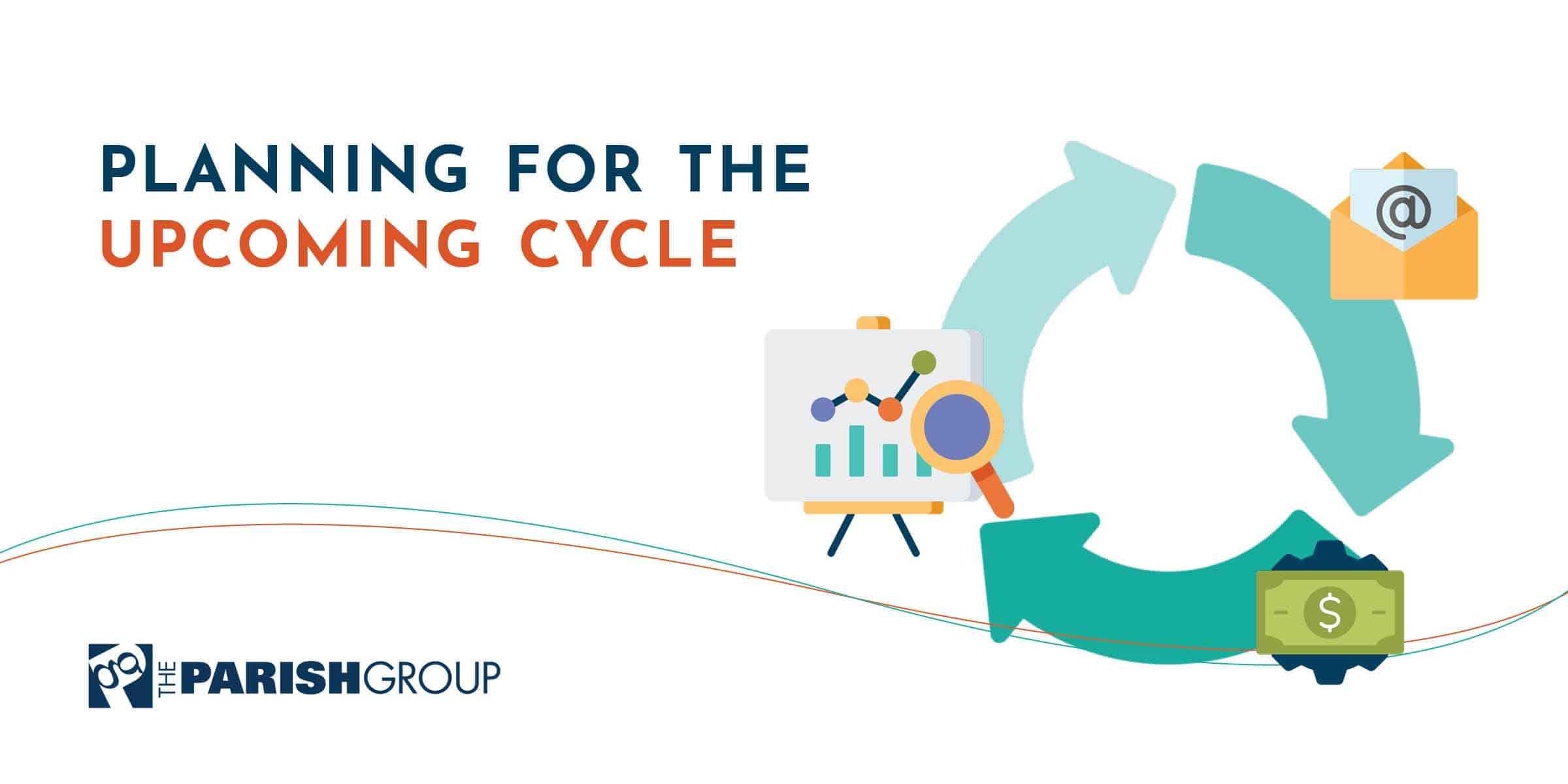
By Steve McKellips, Ph.D., Vice Provost for Enrollment Management, The University of Akron
Remember the 1987 movie The Princess Bride? Out of all the iconic, quotable phrases one rings true about college enrollment:
“You keep on using that word. I do not think it means what you think it means.”
In the movie, Inigo Montoya has finally heard the word “inconceivable” enough and decides to carefully set the record straight. By the time the gentle correction occurs, everyone watching including the audience has had enough with the term, and it appears Montoya is speaking for everyone when he clears the air.
The term ‘enrollment’ is a word that’s been used to answer almost all university financial questions (because students paid tuition, and tuition was revenue). More students = more revenue. Problem solved!
The movie may be an interesting analogy to unpack this transition away from ‘enrollment’ in higher ed lingo. Yet the most significant variable changed right under our noses, and most of us on the boat never saw it happen.
It may be inconceivable to some who have been in this industry for a long time, but the term ‘enrollment’ doesn’t mean what you think it means. Maybe it never did.
Where’s The Real Revenue?
For decades, student headcount served as a proxy for revenue. Fiscal deficits required increased enrollment to generate revenue, and higher ed never considered it would run out of students. Problem solved (again!).
Erin Duffy (2022) shows that 37.5% of adults 25 and older graduated from a postsecondary institution by 2020. Compare this to only 10.7% in 1970.
Since the Baby Boomer era, economic and social birth patterns caused lower birth rates, so the increase in enrollment stems directly from enrolling larger proportions of high school graduates. It is this boost which benefited from high school completions nearly doubling since 1970.
Combined, they show how higher ed has been able to grow, but it also shows how the time has come to stop relying on student headcount as a stand-in for revenue growth.
NACES reported the 2019 graduation rate at 86% and Admissionsly identified the proportion of national high school graduates who pursue postsecondary education at 66.2% that same year.
In short, ⅔ of almost all high school graduates are already choosing to go to college somewhere — and the remaining ⅓ include every other option: military commitments, lifestyle choices, trades, etc.
What is Net Tuition Revenue?
The most important target in modern higher ed environments requires a clear understanding of Net Tuition Revenue (NTR).
The term refers to the amount of tuition paid across the entire cohort after subtracting any institutional gift aid used to incentivize the enrollment decision. And from that, we only subtract discounted dollars — not all scholarship offers.
This is important because all corresponding tuition support (EFC, loans, cash scholarships) contribute to the university as revenue, regardless of the funds’ sources.
Discounts, to the contrary, have no cash value.
Incentivizing Enrollment
In the modern era, you must incentivize enrollment for students.
It’s rare to find a student or family who doesn’t expect help paying for college. Campuses must recalculate their package to satisfy that expectation while ensuring their resulting revenue satisfies their own fiscal needs.
Focusing on NTR allows an institution to find a delicate price point where students can afford to attend while also covering the institution’s financial commitments.
It helps an institution redistribute valuable resources in a strategic, disciplined way. In turns, this maximizes the ability for each student to enroll with a commitment to finding a personal threshold of affordability for everyone.
The First Time Student & Optimization
NTR is different for enrollment managers because first-time students always comprise the lion’s share of an institution’s revenue reality. In fact, two consecutive cohorts can comprise more than 60% of total enrollment for many higher ed institutions.
Maximizing NTR in the class can impact 60% of an institution’s fiscal position the moment a second cohort enrolls.
Therefore, EMs structure a one-time revenue position for that fiscal year which increases in significance every time another cohort enters.
Given the expectation to optimize campus revenue while optimizing the student’s price point, the balancing game for EMs evolved from a headcount volume game into a financial exercise.
This change is significant. The optimization of NTR can produce revenue growth without requiring more students to make it happen.
The result changes the EM’s challenge in building a class full of mission-centered priorities that exist on a college campus, while maximizing the revenue from the cohort sufficient to pay the bills.
They must try to package that outcome into a solution which encourages students who potentially looked elsewhere to come to their institution instead.
Gone are the days of finding new students. They have been replaced with the need to provide a better environment for prospects than the competition.
The True Cost of Instruction
There is another aspect of NTR that is philosophically critical yet still overlooked: institutions must understand what it costs to deliver their education experience to students.
Don’t confuse what a student pays versus what it costs the university. What a widget sells for is different from its cost of production.
Every institution must be disciplined enough to learn its true cost of instruction and share these facts with the team responsible for building optimal price point packages for students.
EMs know they need to have conversations about the institution’s affordability with families, but the college or university must be clear with EMs on the bottom line costs to be covered.
Once we all know how much we cost and how those expenses impact the students’ identifiable price point, we’re left with a maximized NTR (or gross revenue per person and per class) for the year.
That annualized NTR position for the class is aggregated with each of the students remaining from previous years (retention) whose aid packages were optimized when they first enrolled.
Aggregated, they become a maximized gross revenue total for the business and finance teams to consider when properly tending to the institution’s fiscal needs.
Those needs are composed of optimized financial components of all the enrolling students, and not ‘enrollment’ per se.
Final Thoughts
The time has come for higher ed to acknowledge the shift in enrollment focus from headcount to NTR.
Whenever asked if they need more headcount or more money to pay their bills, institutional administrators typically respond that while they want both, the latter is more essential.
In The Princess Bride, our hero Westley wins battles of steel, strength, and wit by activating his available resources differently for each test. Enrollment managers have to be able to do the same
Institutions must recognize how enrollment is an outcome, but the power to generate it lives with NTR. Enrollment managers leverage it every time they enter battle, and it is this which gives them the chance to win.
When institutions want more, they must ask if they really mean revenue. And if they do, strategically leveraging NTR is how enrollment managers can finally say
as you wish.
———————————–
Special thanks to Steve McKellips, Ph.D. from The University of Akron for writing this blog.
If you’re interested in reevaluating your revenue growth or want to discuss net tuition revenue, call one of our enrollment experts at 828-505-3000 or email us at success@parishgroup.com







